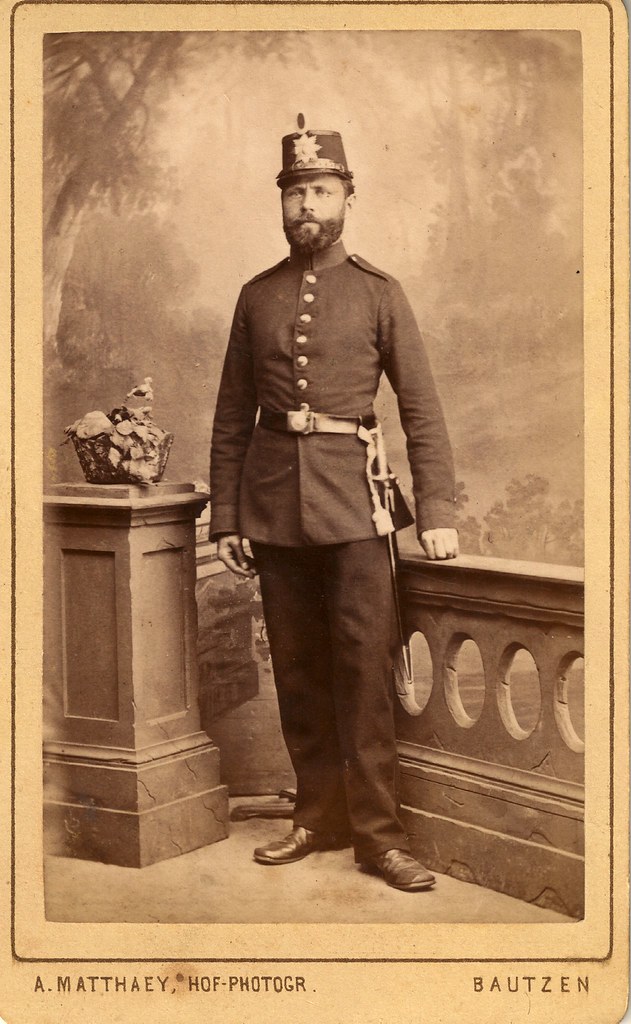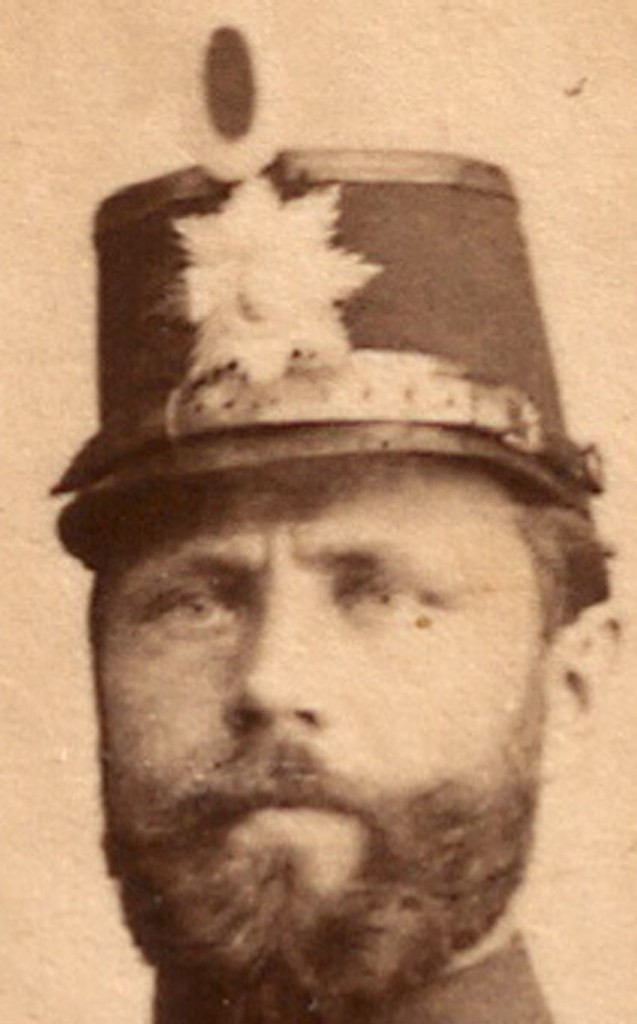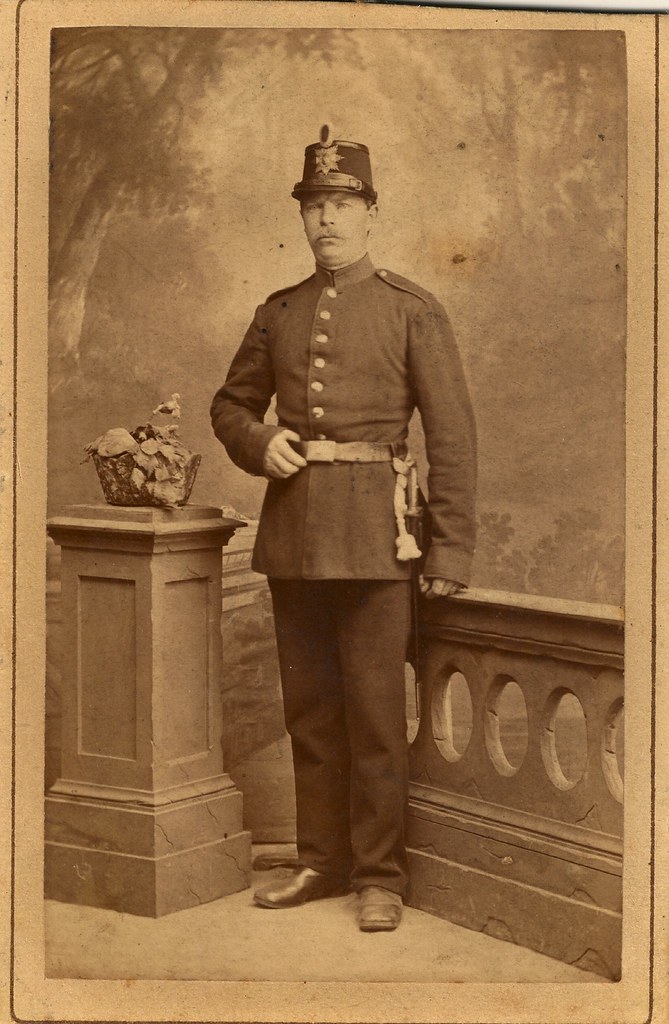Pierre Grande Guerre
New member
Question, Joe; Do I read correctly "E 17"? It looks to me that the guy wears a Husar uniform. I only know the abbrevation "E" for Ersatz, like Ersatz Bataillone or Ersatz Regimente, a topic which we discussed elsewehere on this forum. Please, enlighten me. 






